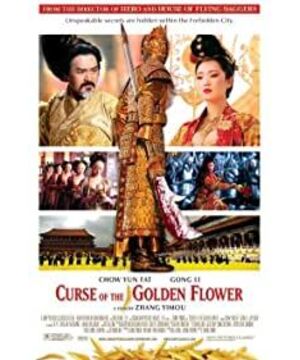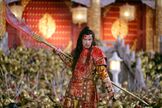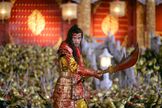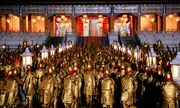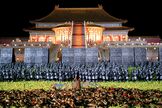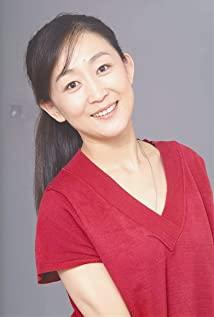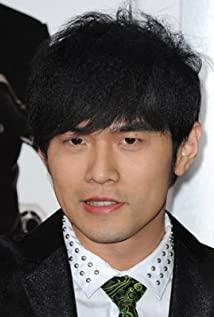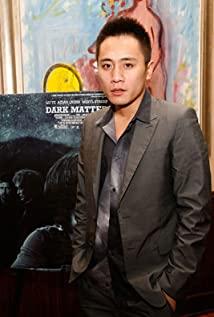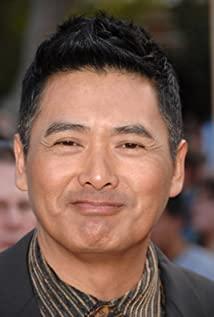This film mainly uses aesthetic methods to stimulate people's feelings in order to achieve its artistic value.
The beginning of the movie is the body of a group of women, and a glorious and extravagant palace. In the form of images, it shows what Du Mu's "Fang Gong Fu" depicts: the stars are shining brightly, and the makeup mirror is open; the green clouds are disturbing, and the Xiaohuan is combing; Burning pepper orchid also.
Just as "A Fang Gong Fu" draws lessons from the past, this film uses magnificent pictures, but the story presented is an ancient version of the classic Chinese modernist drama "Thunderstorm". At the end of the film, the characters' costumes and headgear have been removed one after another, which is very symbolic of ritual collapse, and the scene of re-washing and returning to their place deepens the irony effect in the comparison. The dynasties, characters and customs in the film are untestable, and the director also uses extremely exaggerated visual expression techniques to shape the form of the film into a very surrealistic style.
Watching this movie, I prefer to see it from the perspective of appreciating mountains and rivers. Many scenes, even now, are still very spectacular. The characters' language and behavior are moderate, and in the wide-angle close-up shots, it is not easy to reveal a little more emotion. But the tighter it is, the stronger the emotional explosiveness it conveys to the audience.
The book said that the more soldiers an ancient general had, the more difficult it would be to command. I think the same is true of movies. The bigger the scene and the more people, the more uncontrollable it is. It makes sense for Director Zhang to be the chief director of the opening of the Olympic Games.
View more about Curse of the Golden Flower reviews


